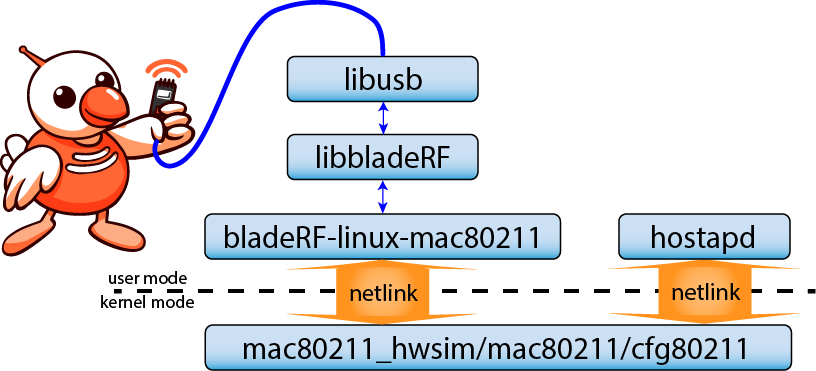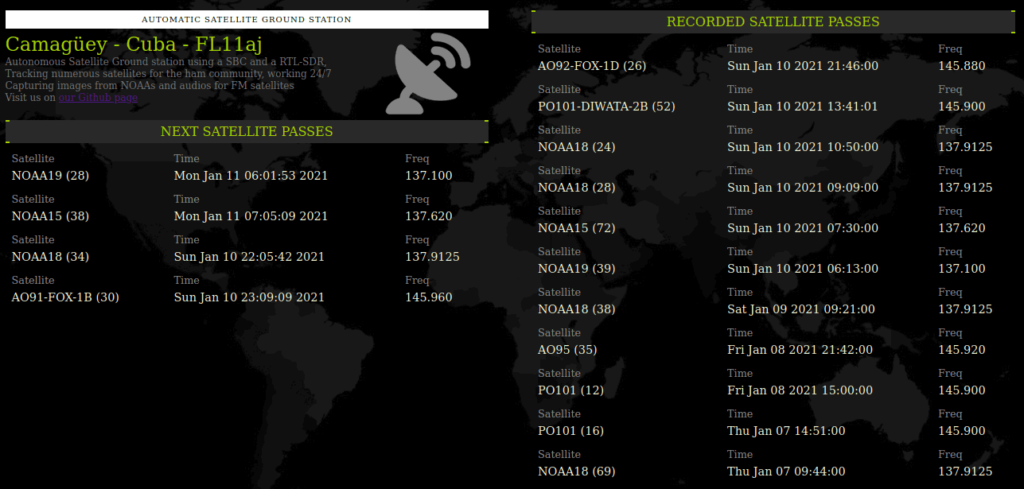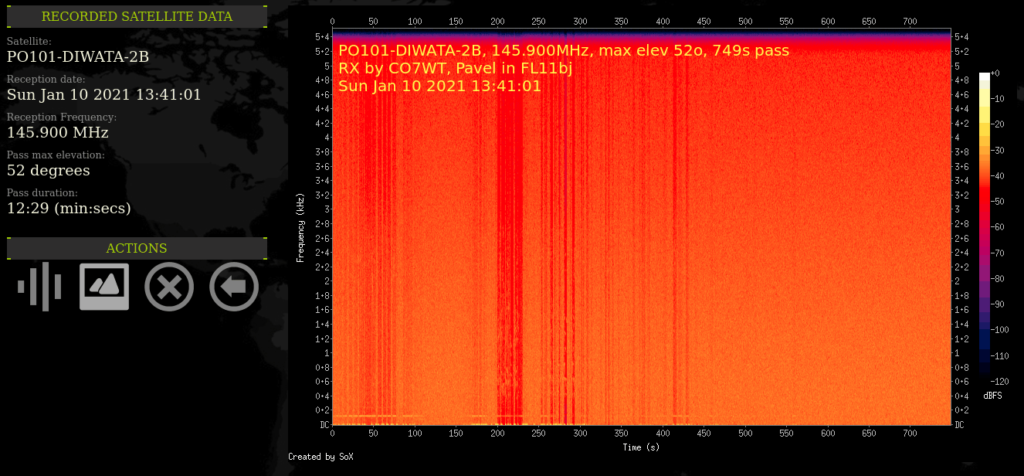bladeRF-wiphy: Open Source WiFi Access Point on a BladeRF
Back in August 2020 we posted about OpenWiFi , an open source implementation of the full IEEE802.11/Wi-Fi stack for FPGA and SDR combo board. Recently the team at Nuand have released their own WiFi implementation called "bladeRF-wiphy" for their bladeRF 2.0 software defined radio. The code is implemented in VHDL, which runs directly on the bladeRF's on board micro xA9 FPGA.
The bladeRF-wiphy project is an open-source IEEE 802.11 compatible software defined radio VHDL modem. The modem is able to modulate and demodulate 802.11 packets (the protocol WiFi is based on), and run directly on the bladeRF 2.0 micro xA9’s FPGA.
The bladeRF-wiphy coupled with Linux mac80211 allows the bladeRF 2.0 micro xA9 to become a software defined radio 802.11 access point! 802.11 packets (PDUs) are modulated and demodulated directly on the FPGA, so only 802.11 packets are transferred between the FPGA and libbladeRF.





